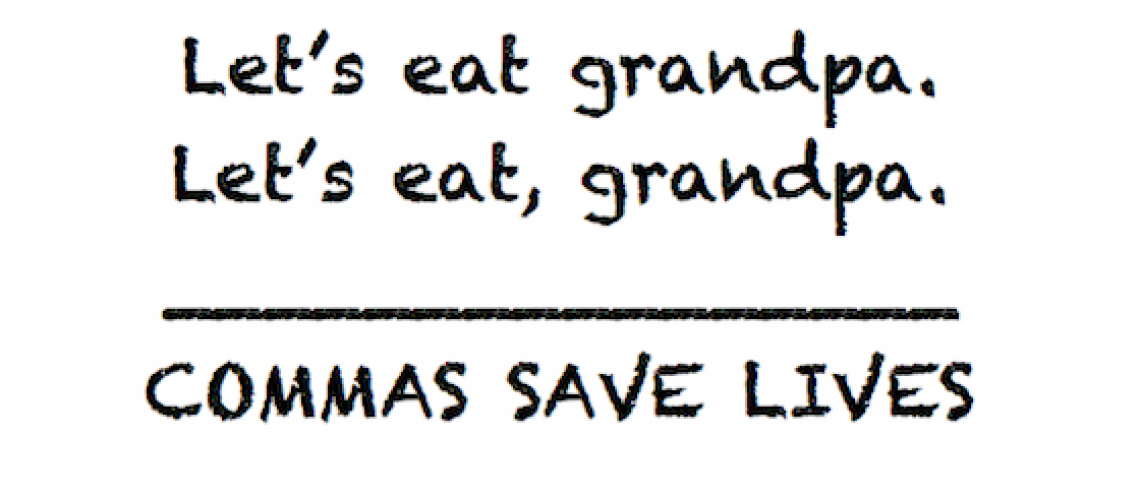By Hope Hall
Commas are complicated. They come with too many rules and just as many exceptions to those rules. Even if you want to break the rules, you have to know them to break them. And once you know them, you can recognize when following or breaking the rules works in your favor.
So here’s some comma advice to keep in mind.
When you join two sentences with a conjunction (for, and, nor, but, or, yet, and so), throw a comma in front of the conjunction of your choice. The comma will keep the conjunction from running into the next sentence.
Consider the difference between
John ate a slice of pizza, and Sarah glared at him.
and
John took the last pizza slice and ate it.
In the first sentence, we actually have a two-for-one sentence, the first sentence being John ate a slice of pizza and the second being Sarah glared at him. So we separate them with a comma and the conjunction and.
The second example though is a little different. It has two verbs, took and ate. But John is the only subject doing those verbs. We have only one sentence. In the latter sentence, and joins two verbs, not two sentences. So we don’t need a comma to separate the verbs.
In this instance, the comma’s presence or absence alerts readers to what they’ll read next. Are they going to read another sentence or something that is still part of the sentence they just read?
Commas also set apart introductory elements from the main part of a sentence such as
In the kitchen, the empty pizza box lay on the counter.
Because Sarah hadn’t eaten since yesterday, she was very hungry.
Now consider this sentence
Sarah was very hungry because she hadn’t eaten since yesterday.
Although this third sentence has the same element as the second sentence, because she hadn’t eaten since yesterday is no longer introducing the sentence, so it does not need to be separated from the rest of the sent.






